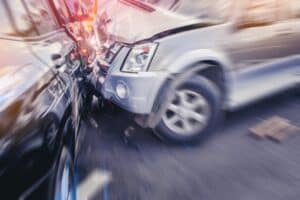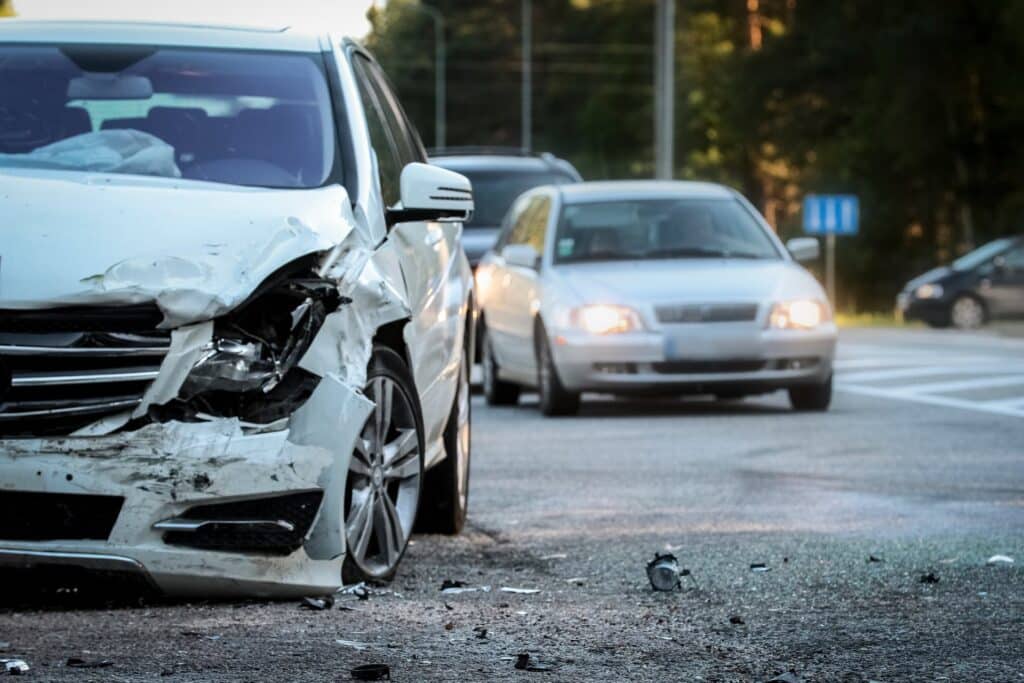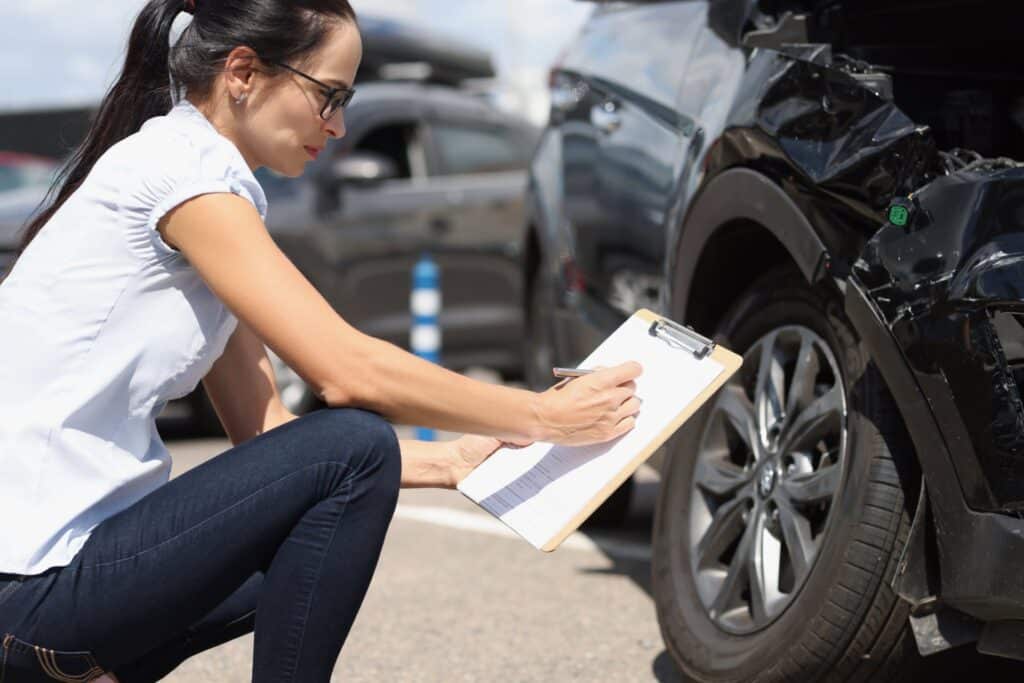Car accidents are, unfortunately, fairly commonplace in the modern world. It’s said that an average American can expect to be in four auto accidents during their lifetime. Although Washington State does not have an exceptionally high percentage of car accidents compared to other states, we do have a higher-than-usual number of uninsured drivers. That statistic can cause concern about exactly how your medical bills would be covered if you were to experience an accident. Even if the driver is insured, a full payout for your injuries is not guaranteed. In this article, we’ll discuss what roles insurance companies play in paying for your medical bills and how to get the highest payout if you are injured in a car accident.
Coverage That’s Required
Washington State has minimum insurance requirements for all drivers licensed in the state. Without these bare minimums, drivers are operating illegally. Uninsured drivers have been an issue in Washington State for many years, and despite heavy fines and penalties, they continue to be. Driving without insurance can lead to a fine of at least $550, and multiple infractions can lead to license suspension and even jail time.
The coverage that’s required is known as the 20/50/10 rule. Each driver must have insurance that covers the following:
- $20,000 of bodily injury or death of one person in any single accident
- $50,000 of bodily injury or death of two people in any single accident
- $10,000 of property damage coverage in any single accident.
Ideally, these mandatory insurance policies will cover everything required for a personal injury resulting from an accident. There will inevitably be cases, however, where these policies do not cover all of your medical bills. Or worse, cases in which the other driver has no insurance.
Additional Coverage: Uninsured/Underinsured Motorist Coverage
Fortunately, you can purchase additional coverage from your insurance company to ease your financial pains after an accident. Uninsured/underinsured motorist coverage ensures that your medical needs are met even if the responsible driver has little or no insurance. Typically, insurance companies offer a minimum amount of coverage and then allow drivers to request more expensive plans as needed.
Uninsured motorist coverage also covers hit-and-runs as well as “phantom vehicles.” Phantom vehicles is a term given to a car that, for instance, cuts into your lane abruptly, causing you to swerve to miss it. If this situation leads to you being in an accident, uninsured motorist insurance will cover damages. It also covers any passengers injured in your car due to an uninsured driver’s actions, and it can even protect you as a pedestrian. The coverage includes your medical expenses, pain and suffering, and lost income due to your injuries.
Additional Coverage: Personal Injury Protection
Another highly recommended type of additional insurance is Personal Injury Protection (PIP), also known as no-fault insurance. PIP can cover your medical bills, lost wages, and the medical treatments of your passengers regardless of which driver was at fault for the collision.
Who Pays Up?
Unfortunately, payouts for car accidents do not happen overnight. It can take months or sometimes years for you to receive your settlement. The other driver’s insurance company will attempt to deny the blame levied against their client or mitigate his involvement in the accident. They do this because Washington State uses the comparative negligence model when deciding who was responsible for the accident.
Comparative negligence states that an accident can be caused by both drivers. Even if one person is primarily responsible, the second driver may have been partially responsible. As an example, imagine that you are sideswiped by a driver who ran a red light. They are certainly primarily responsible. However, if it can be proven that you were texting on your phone while you entered the intersection, the court will likely rule that you share some percentage of the responsibility. Under the comparative negligence model, that percentage will affect how much the primarily responsible party will be required to pay.
This is why the additional insurance coverages are so important. Without them, you may have no means of covering your expenses until the final settlement is reached. And even then, you may not be awarded enough money to cover all the damages.
The Scene of the Crime
Since you can be held partially responsible for an accident, it is important that you document the scene as thoroughly as you are able. Take pictures, file a police report, and talk to witnesses nearby. You may have to use evidence to prove your side of the story and ensure that the other driver’s insurance company pays what is fair.
At NBF Accident Law, we want to make sure your side of the story is told. We will fight on your behalf until you are compensated fully. Call us today at (206) 923-8888.








